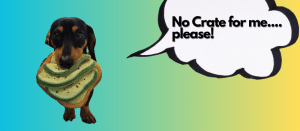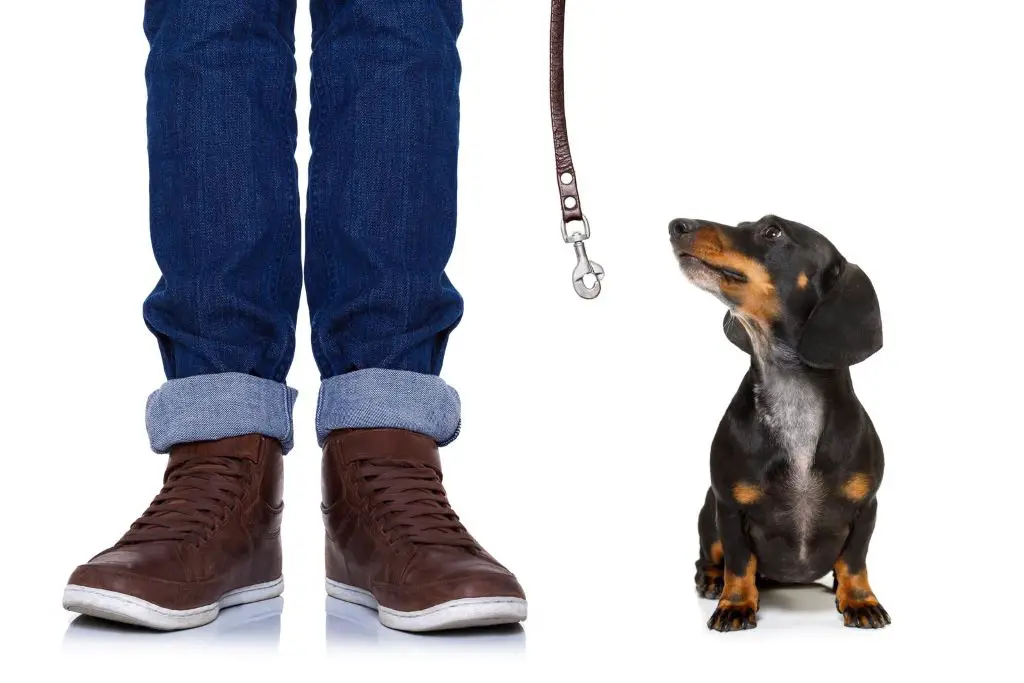Do you ever feel like your dog is eating too fast? Like he’s scarfing down his food before you even have a chance to put down his dish? If so, you may want to consider investing in a slow feeder bowl.
These bowls are designed to make your dog eat more slowly, which can help reduce bloating and Regurgitation. But not all slow feeders are created equal. In this create your own slow feeder bowl article, we’ll discuss the pros and cons of creating your own slow-feeder bowl and provide tips on how to do it right. So read on for everything you need to know!
What is a slow-feed dog bowl?
A slow-feed bowl is a type of dog bowl that makes it difficult for your pet to wolf down his food. This helps prevent bloat and other digestive problems, keeps him from eating too fast, and keeps the kibble nice and visible, so your pet will need to work a bit more for his meal.
The main idea behind the design of these dog bowls is to make it more difficult for your pet to gulp down his or her food. The size of the bowl, the material, and the type of feeder are all factors that will affect how quickly your dog eats his kibble.
Do slow feeder bowls actually work?
Many pet owners rave about slow feeder bowls, talking about how much fun it is to watch their pet eat slowly and the positive effects on digestion. But do they really work?
The answer is yes, at least up to a point.
If you have a dog with an eating disorder, such as gulping down his food in seconds, then yes, slow feeder bowls can help relieve digestive issues. But for most pets, it only provides marginal benefits at best.
Are Slow Feeder bowls bad for dogs?
Many people have been wondering if this new type of food bowl is healthy for their pets or even bad for them because it looks like a restrictive way to feed your pet.
The verdict?
Some say that slow feeder bowls are unnecessary and can be harmful to dogs, while others believe that they are a valuable tool in helping to prevent dog obesity and associated health problems.
Advantages of Slow Feeder bowls
– They can help your pet eat slower and be aware of its food intake.
– With a normal bowl, most pets just swallow each piece of food without chewing it, which can cause digestive problems in some cases.
-The ridges of the slow feeder bowl are another great feature because they prevent your pet from grabbing more than one piece at a time.
– Another advantage is that sometimes dogs get too excited about food and eat very fast, which can lead to vomiting. This usually happens because their stomach cannot keep up with the food intake and ends up overstretching itself.
– Digestive problems are not always caused by fast eating, but too much food intake at once can prevent your pet from digesting properly. This can happen because the stomach cannot perform optimally under those conditions. – For this reason, it is advisable to offer your dog smaller meals more frequently during the day instead of two or three bigger ones.
– Slow Feeder bowls are also very useful when you must leave your dog alone for a couple of hours because it won’t be able to eat all its food in just half an hour or so.
What are the types of Slow Feeder Bowls?
The first and simplest type of slow feeder bowl is a shallow dish. If your dog tips it over, he can access his food easily. But there is no challenge and, therefore, no benefit to his digestion (or, for that matter, mental health).
The second type of bowl features bumps or ridges around the outside circumference of the dish. This will keep your dog from easily accessing his food. He must work a little bit for each bite, and this slows down the eating process.
The third type of slow feeder bowl is a puzzle – this is the most challenging for your dog. He must use his mind AND chew his food, making this type of bowl the best option for slowing your dog’s eating. However, these are often expensive and can be difficult to clean. If you have multiple dogs who will be sharing the bowl, then you will need to allocate time each day for cleaning it.
Create Your Own Slow Feeder – DIY Ideas
There are plenty of fun ways you can make your own slow feeders for dogs, and these are just some of them!
Shoebox with packaging paper

This is a very simple slow feeder and is always a lot of fun for your dog. It helps build up confidence with new objects and sounds but also stops your dog from woofing down all the food! It’s very simple, just use an old shoebox or any box you may have and fill this with any leftover paper or packing paper that you may get with your latest amazon order. Scatter in your dog’s favorite kibble and treats, and watch them have fun finding them!
Pro-tip – Once your dog is comfortable with the box and paper, you can add more items such as used plastic bottles, tubs, or anything you have lying around to make this game more challenging! Just make sure you keep an eye on your dog whilst they use it.
Toilet paper tubes

Toilet paper tubes are great for fun games and a great way to slow your dog down. Simply stand these tubes up and fill them with your dog’s favorite treats. Once your dogs have mastered this game, you can make this harder by folding one end of the tube. Once your dog has mastered this, you can fold both sides. This is a great progressive game and perfect to slow your dog down and mentally stimulate them if the weather isn’t great outside!
Muffin Trays

Your old muffin tray is a perfect slow feeder for a dog! You can separate their favorite kibble into the different sections of the tray and even partly cover them with yogurt pots to add complexity.
Pro-tip – if you’ve ever wondered what your dog’s favorite treat is, you can use a muffin tray to find out! Pop a few pieces of each treat into each corner of the muffin tray. For example, chicken in one corner, cheese in the other, and kibble/ham in the other two (or whatever your dog likes most). Make your dog sit, pop the tray down and see which one your dog goes for first! This will indicate which one is your dog’s favorite, and this is the treat you should use for your training.
Kitchen Towel

We all have these lying around, and these can be a perfect slow feeder and stimulating game for our dogs. Simple layout the towel and pop some kibble inside, then roll it up and watch your dog try and figure out how to get to them!
Pro-tip – to make this game harder for your dog, you can twist the towel rather than just roll. If you want to increase the complexity, even more, you can tie a knot at each end of the towel too.
Conclusion
Slow feeder bowls can give your dog a little mental stimulation, making his mealtime less monotonous. Instead of simply inhaling his food out of habit, he must take the time to eat around the ridges or bumps on the bowl. This will slow down the eating process.
Slow feeder bowls may seem like a simple solution, but there are some drawbacks. For example, it can be difficult to clean, and you need to put in the effort of filling the bowl with food when your pet is hungry. If these don’t sound like deal-breakers for you, then go ahead and try them out!








